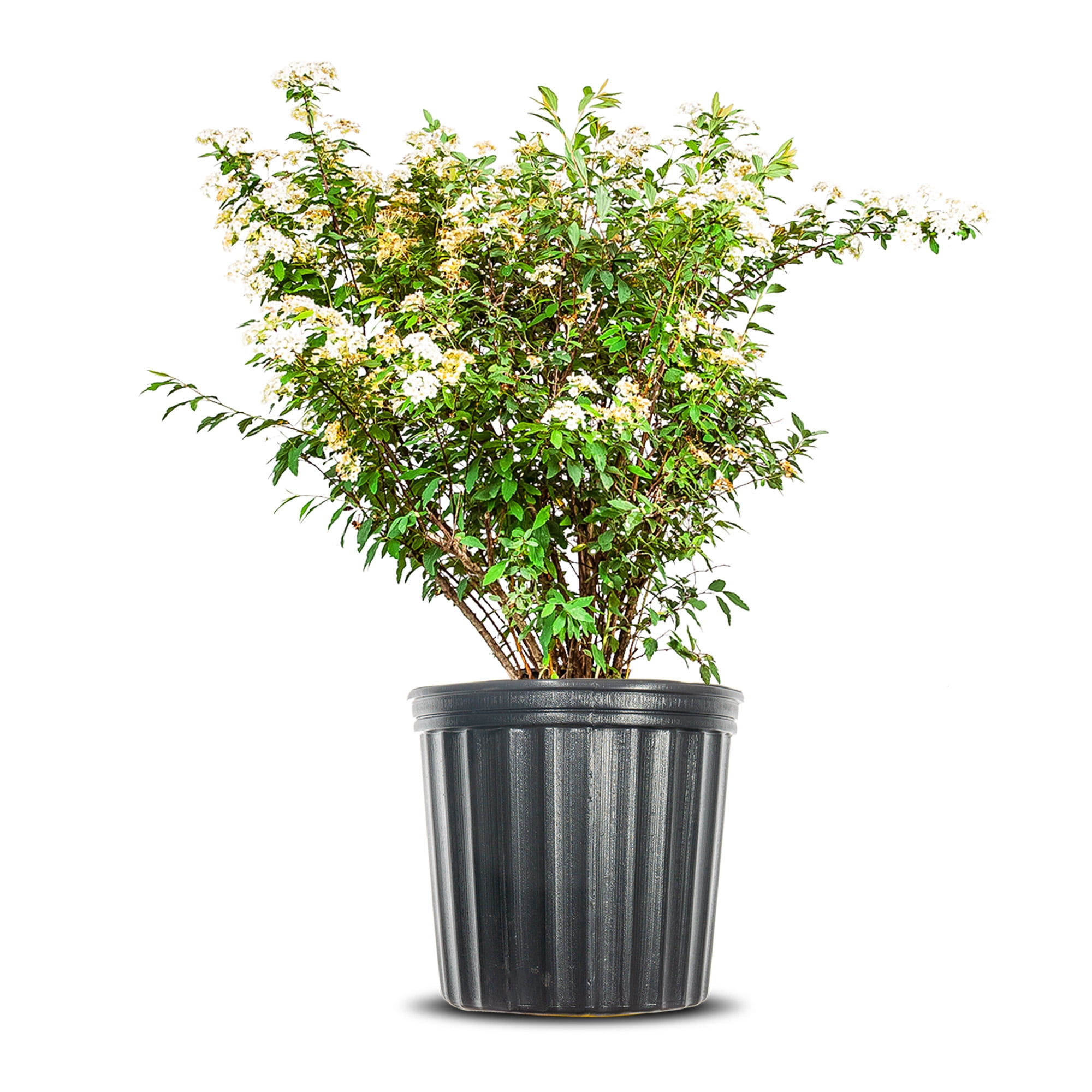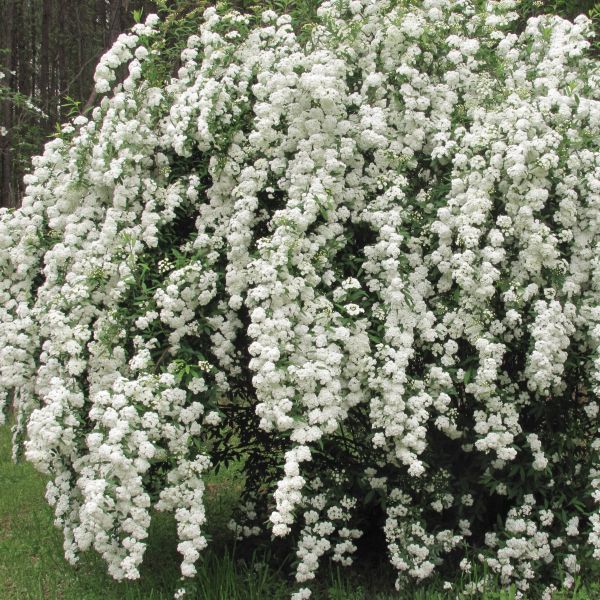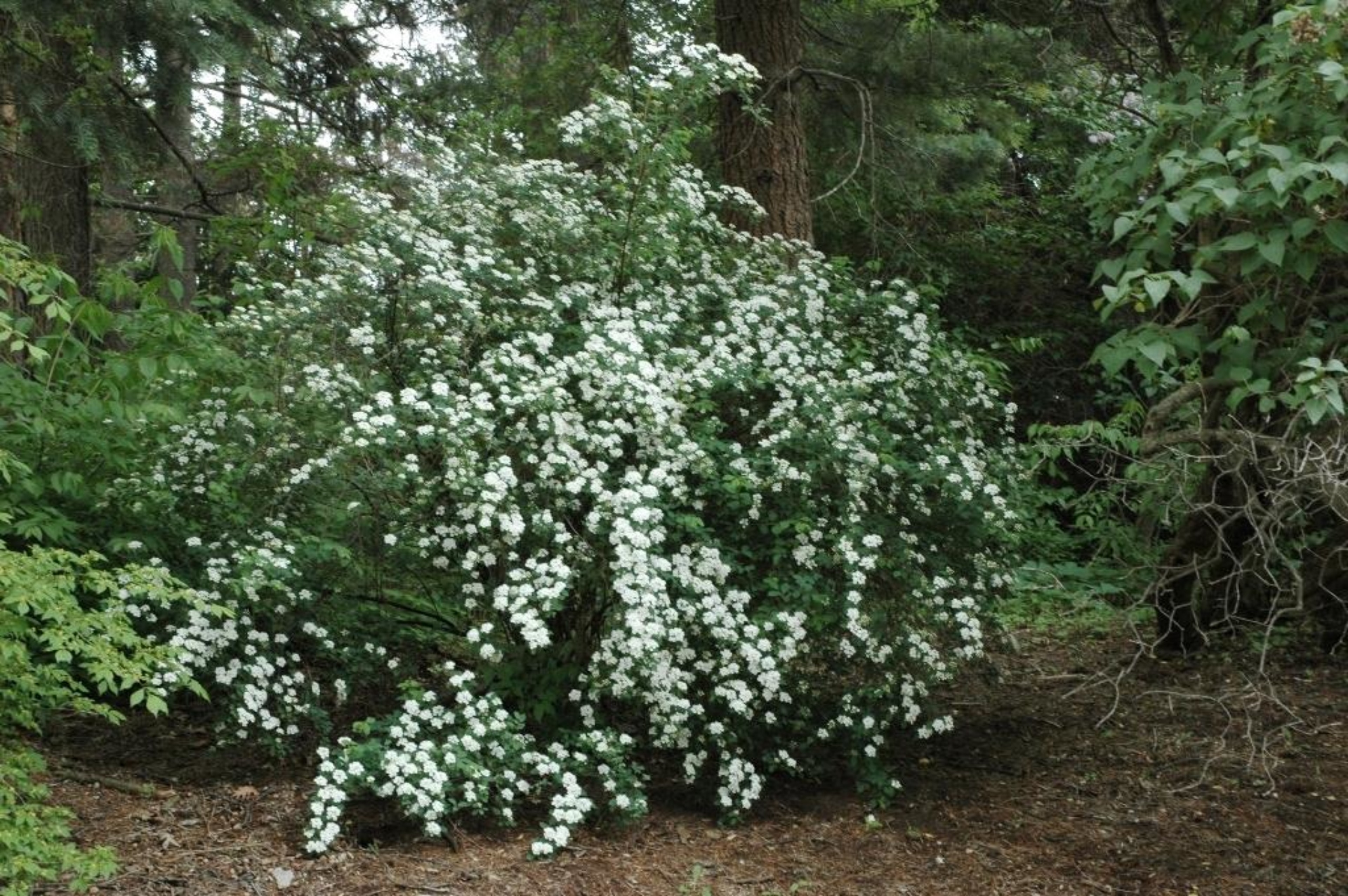Bridal Spirea: The Ultimate Guide To Growing Caring For This Beautiful Shrub
Bridal spirea (Spiraea x vanhouttei) is a popular shrub that is known for its cascading white flowers. It is a relatively easy plant to grow and care for, making it a good choice for both experienced and novice gardeners.
In this blog post, we will provide an ultimate guide to growing and caring for bridal spirea. We will cover everything from choosing the right location to planting and pruning. We will also provide tips on how to keep your bridal spirea healthy and blooming for years to come.
Choosing the Right Location
Bridal spirea prefers full sun, but it can tolerate some shade. If you live in a hot climate, you may want to choose a location that gets afternoon shade. Bridal spirea also prefers well-drained soil. Avoid planting it in areas where the soil is constantly wet, as this can lead to root rot.
Planting
Bridal spirea can be planted in the spring or fall. When planting, dig a hole that is twice the width of the root ball. Backfill the hole with soil, tamping it down as you go. Water the plant well after planting.
Fertilizer
Bridal spirea does not need a lot of fertilizer. A light application of a balanced fertilizer in the spring will help to promote flowering.
Watering
Bridal spirea needs regular watering, especially during its first year in the ground. Once it is established, it can tolerate some drought. Water the plant deeply and infrequently, allowing the soil to dry out somewhat between waterings.
Pruning
Bridal spirea can be pruned in the spring or fall. To prune, simply cut back the stems by one-third to one-half. This will encourage new growth and flowering. You can also prune out any dead or diseased branches.
Problems
Bridal spirea is generally a trouble-free plant. However, it can be susceptible to a few pests and diseases, such as aphids, spider mites, and powdery mildew. If you see any problems, treat them promptly with an insecticidal soap or fungicide.
With proper care, bridal spirea can be a beautiful and long-lived addition to your garden. It is a low-maintenance plant that is perfect for both experienced and novice gardeners.
Bridal wreath spirea is a beautiful, easy-to-grow shrub that is perfect for adding a touch of elegance to your landscape. It blooms in the spring with clusters of white flowers that cascade down the branches, creating a stunning waterfall effect. Bridal wreath spirea is deer-resistant and drought-tolerant, and it can be grown in a variety of soil conditions.
To learn more about bridal wreath spirea, visit Home Gardening. This website has a wealth of information on the plant, including its care requirements, planting tips, and varieties. You can also find photos and videos of bridal wreath spirea in bloom.
FAQ of bridal spirea
- When does bridal spirea bloom?
Bridal spirea typically blooms in the spring, from May to June. The flowers are small, white, and clustered together in hanging panicles.
- How much sun does bridal spirea need?
Bridal spirea prefers full sun to partial shade. It can tolerate some shade, but it will not bloom as well in full shade.
- What kind of soil does bridal spirea need?
Bridal spirea is not too fussy about soil type. It prefers well-drained soil, but it can tolerate a variety of soil conditions.
- How much water does bridal spirea need?
Bridal spirea needs regular watering, especially during the first year after planting. Once established, it is more drought tolerant.
- How do I fertilize bridal spirea?
Bridal spirea does not need a lot of fertilizer. A light application of fertilizer in the spring will help promote flowering.
- How do I prune bridal spirea?
Bridal spirea blooms on the previous year's wood, so it should be pruned immediately after it flowers. Prune back the stems by about one-third to encourage new growth and more flowers next year.
- How do I propagate bridal spirea?
Bridal spirea can be propagated by softwood cuttings taken in the spring or summer. To take a softwood cutting, make a cut about 6 inches long from a healthy, new shoot. Remove the bottom leaves from the cutting and dip the cut end in rooting hormone. Plant the cutting in a pot of moist potting mix and place it in a shady location. Keep the potting mix moist and the cutting should root in about 4-6 weeks.
- Why is my bridal spirea not blooming?
There are a few reasons why your bridal spirea might not be blooming. One possibility is that it is not getting enough sun. Bridal spirea needs at least six hours of sunlight per day to bloom well. Another possibility is that the plant is not getting enough water. Bridal spirea needs regular watering, especially during the first year after planting. Finally, if your bridal spirea is more than a few years old, it may need to be pruned. Pruning can help to rejuvenate the plant and encourage new growth and flowering.
- How do I prepare bridal spirea for winter?
In areas with cold winters, bridal spirea should be protected from the cold. You can do this by wrapping the plant in burlap or other protective material. You may also want to add a layer of mulch around the base of the plant to help insulate it.
Image of bridal spirea
- Image 1: A close-up of a bridal spirea flower, which is white with a pink tint. The petals are arranged in a delicate cluster.
- Image 2: A bridal spirea shrub in full bloom. The flowers are arranged in long, cascading clusters that give the shrub a billowy appearance.
- Image 3: A bridal spirea shrub in the fall. The leaves have turned shades of orange, red, and yellow, and the flowers are still in bloom.
- Image 4: A bridal spirea shrub planted in a garden. The shrub is surrounded by other flowers, including roses and lilies.
- Image 5: A bridal spirea shrub in a pot. The shrub is placed on a patio or deck, and it is surrounded by other potted plants.

- Image 6: A bridal spirea shrub as a hedge. The shrub has been trimmed to form a neat, formal hedge.

- Image 7: A bridal spirea shrub as a backdrop for a flower bed. The shrub provides a backdrop for a variety of flowers, including tulips and daffodils.

- Image 8: A bridal spirea shrub in a woodland setting. The shrub is surrounded by trees and other woodland plants.

- Image 9: A bridal spirea shrub in a vase. The shrub has been cut and arranged in a vase, and it is placed on a table or counter.

Post a Comment for "Bridal Spirea: The Ultimate Guide To Growing Caring For This Beautiful Shrub"